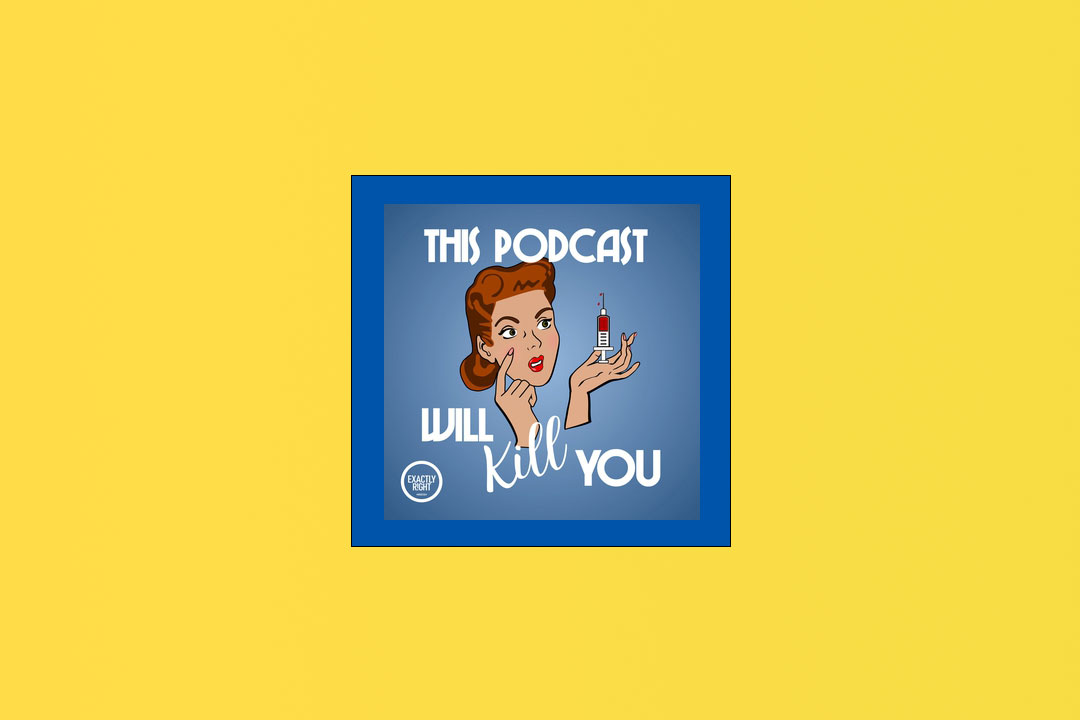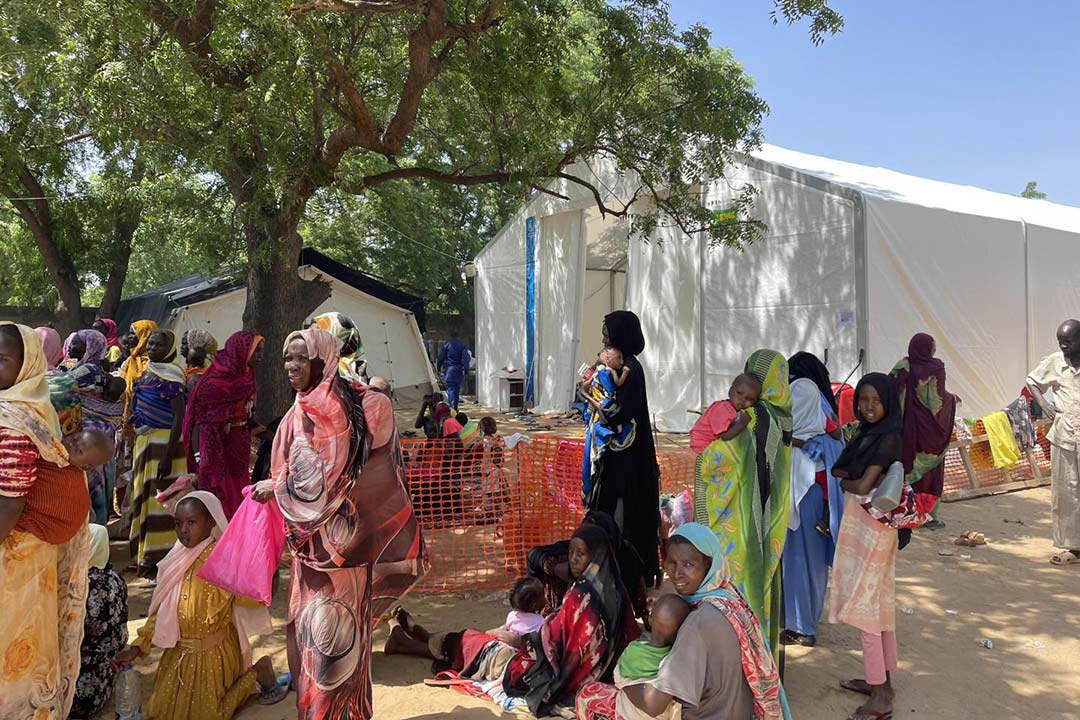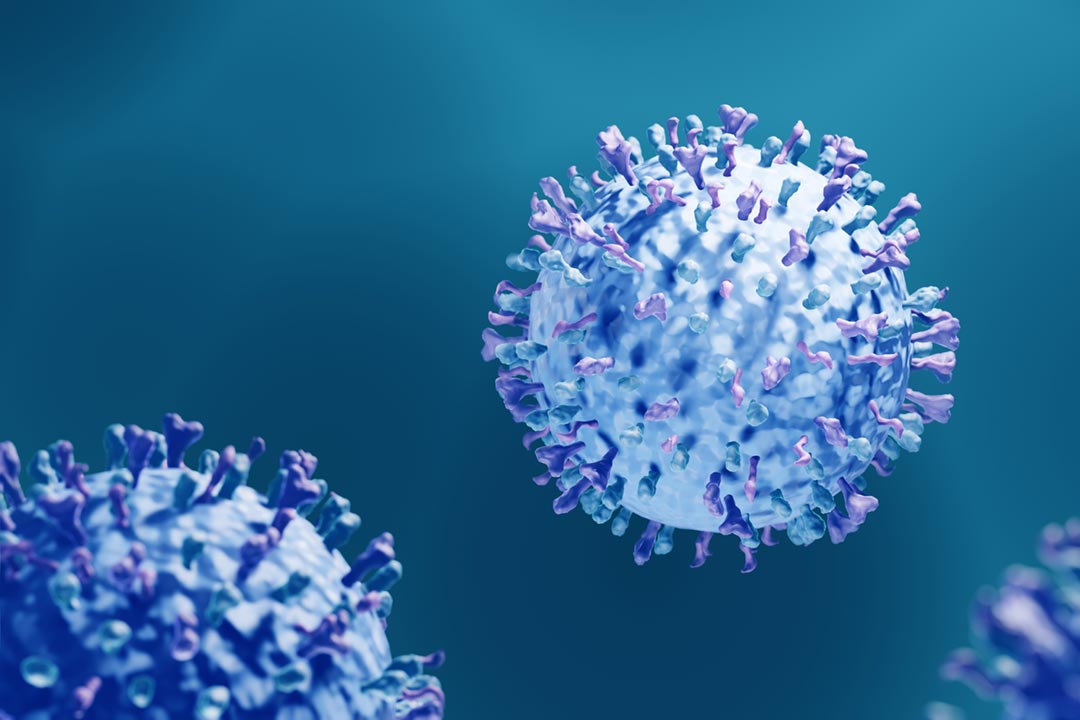Is COVID-19 here to stay?
Experts are warning that COVID-19 could become an endemic disease. What does this mean and how will it impact our response?
- 22 May 2020
- 4 min read
- by Ciara McCarthy

“When will this end?” remains one of the biggest unanswered questions of the COVID-19 pandemic. Increasingly, many people are hoping that a vaccine will provide the answer, even if it takes upwards of a year or more to develop.
Once safe and effective vaccines are developed, if everyone in a community receives a vaccination that community should be protected against COVID-19. For the world as a whole, the situation is cloudier. At a press conference last week, the Executive Director of the World Health Organization (WHO) Health Emergencies Programme, Dr Michael Ryan, suggested that the virus may never go away, becoming an endemic disease in communities across the world.
What does endemic mean?
When COVID-19 was first reported in Wuhan in late 2019, it was classed as an epidemic. The US Centers for Disease Control and Prevention (CDC) defines this as an “increase, often sudden, in the number of cases of a disease above what is normally expected in that population.” Other well-known diseases that have been associated with epidemics include cholera, Zika, and Ebola.
Once COVID-19 disease had spread more widely, WHO declared it a pandemic. This is a term WHO reserves for new infections affecting a large number of countries or spanning several continents. The last pandemic recognised by WHO was in 2009 when a novel influenza A H1N1 virus, sometimes referred to as swine flu, spread globally. The virus spread to almost every country in the world and claimed an estimated 120,000 to 200,000 lives.
In contrast, endemic diseases are those that are present in a community continuously or seasonally, with transmission maintained at some steady rate - think of the common cold. It can also include diseases like flu, which may not be transmitted at the same rate over the course of the year, but can be expected to appear year-on-year.
A key point about these definitions is that they are dependent on the baseline levels of a disease in a specific community. A disease like malaria might be endemic in some areas, but only cause occasional outbreaks in others.
What would it mean for COVID-19?
The idea that COVID-19 could be here to stay globally may be difficult to imagine, but it is not without precedent. The H1N1 strain behind the 1918-19 Spanish flu pandemic remained circulating for nearly 40 years, albeit evolving to become a less lethal strain over time. This is a pattern we often see with flu viruses: that a new strain emerges and spreads widely and rapidly, then circulates for several years until it is replaced by a newer strain. In fact, the strain behind the swine flu pandemic in 2009 is now viewed as a seasonal flu strain and is included in annual seasonal flu vaccinations. HIV is another example, a disease that emerged among humans for the first time in the 20th century and is unfortunately still with us.
What can we do about it?
If, or once, the new coronavirus becomes endemic, there will continue to be great need for an effective, universally accessible COVID-19 vaccine. In the best case scenario, vaccines not only protect millions of people from endemic diseases every year but also provide one of the most effective tools we have at eliminating infections that are established within communities. The smallpox vaccine, which was highly effective and provided long-term immunity against the disease, played a crucial role in the eradication of this deadly virus, a disease that had previously been endemic across all continents. An intensive global vaccination effort that reached into inaccessible areas and carefully tracked and contained all smallpox outbreaks was able to halt transmission of the virus globally.
So whether we’re working to bring this pandemic to an end or to manage COVID-19 as an endemic infection, a vaccine remains a key part of the solution. Yet developing a vaccine is not the end of the story. Measles killed over 140,000 people in 2018, even though we have had a safe and effective vaccine for decades. That’s because millions of children miss out on vaccination every year. Barriers of geography, economics, logistics, security and misinformation present ongoing challenges in efforts to vaccinate the most vulnerable populations, and it will be no different for COVID-19.
So even if vaccines do provide us with a valuable tool to protect people against this devastating virus, the answer to “when will this end” for all communities will not only depend on how quickly we can develop COVID-19 vaccines, but how quickly we can ensure that they reach everyone in all corners of the world.









